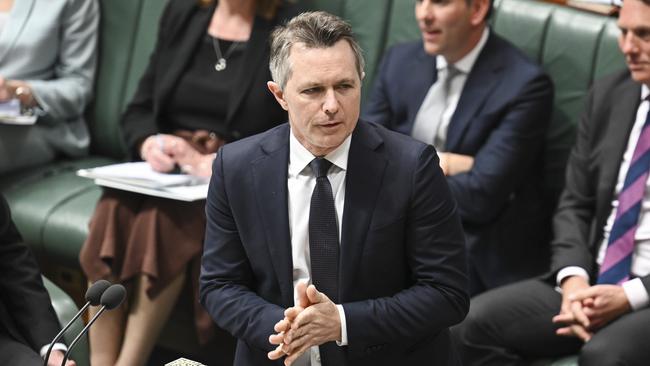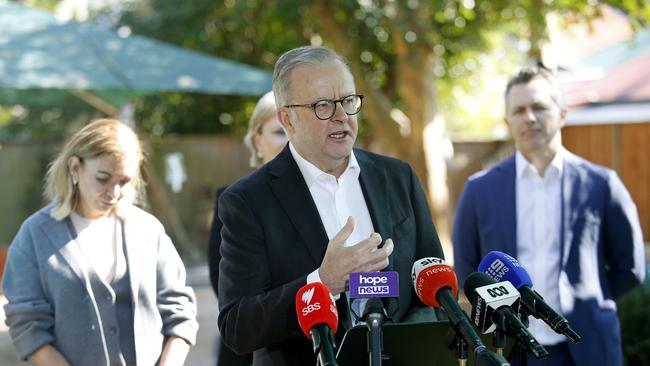
In the case of the international student industry, the fact the customers mainly come and reside in the country is certainly a complication.
But the boosters of the industry largely ignore any negative impacts of the large inflow of temporary migrants, claiming that any adverse effects – for example, on the rental housing market – are the result of other policy failures. They have nothing to do with international students themselves.
The reality is much more complex than this thumbnail sketch.
Most international students enrol in publicly funded institutions whose primary responsibility is to educate local students, an activity that is funded by the taxpayer and fee-paying local students, with attached concessional loans.
A key issue is the extent to which our education institutions have been prepared to compromise on the quality of the education of local students to pursue revenue from the high fees that international students are prepared to pay.
Too often the experience of local students is class sizes that are too big; international students with very poor language skills; forced group assignments in which locals carry the burden of the work; and extremely soft marking for international students. International students are the majority of the total enrolments in some courses – at the University of Sydney, for instance.
The promoters of the international student industry who claim that local students get a lot out of the mix of the student body have been closing their eyes to the obvious apartheid on many campuses.

Another falsehood is the claimed size of this so-called export industry, with figures of $40bn, sometimes $50bn, bandied about.
The problem is that the international student industry doesn’t fit the standard definition of an export industry – goods and services produced locally and bought by international customers using foreign currency.
For many international students, their fees and living expenses are actually covered by their workforce participation here. In other words, this chunk has nothing to do with exports.
There is also a problem with the way the Australian Bureau of Statistics estimates the size of the industry. The annual spending of international students is arbitrarily taken from guesses made by Tourism Research Australia as well as the spending on fees. There is every reason to think the estimates are wide of the mark.
But the key issue here is the sheer size of the international student population and its growth across time. In the year ending April this year, there were 780,000 international student enrolments, a 16 per cent increase on 2019.
Year-to-date commencements were the highest on record and 13 per cent higher than in 2019.
There also has been a near doubling in the number of international student graduates taking up temporary graduate visas.
The federal government is under significant pressure to reduce the number of migrant arrivals into the county and has committed to reducing the net overseas migration (long-term arrivals minus long-term departures) to 260,000 a year by next June.
The most recent figure for NOM was close to 550,000 for the year ending in December last year. Reducing the migrant intake is critical to the government’s broader policy thrust, including taking pressure off the cost of living.
And here’s the rub: the largest group by far among the NOM is international students, making up around half the number. Permanent migrants make up a quarter and temporary skilled workers only 5 per cent.

If the government is intent on meeting its NOM target, there is no choice but to reduce the number of international students.
Achieving this objective has necessarily involved a change of heart by the federal government as it has sought to restrict international student numbers, so far unsuccessfully. In January last year, Education Minister Jason Clare declared “international education is a critical Australian asset … It was kneecapped by Covid … We are rebuilding our international education sector. We have broken the back of the visa backlog. We have also announced an extension of work rights for students … Students are coming back. This is good news, but there is still a lot more work to do.”
The recent U-turn has involved several changes, including more stringent language testing; targeting dubious colleges; insisting on greater financial capacity to fund study; higher rejection rates for student visa applications from particular countries; reducing work rights and the duration of graduate visas; and significantly increasing the non-refundable visa application fee.
The government also is proposing to introduce legislation that involves capping the number of international students for 1500-odd education institutions.
There has been talk of restricting international student enrolments to 40 per cent of total enrolments, although the government is seemingly ruling out this option at this stage. Reducing total enrolments to their 2019 levels remains on the cards.
Driven by their own self-interest, the chiefs of the education institutions and the various lobby groups are busting a gut to head off the federal government’s intention to restrict the number of international students.
Various reports, most of which have very little credibility, have been released to support their position. Expect during this week a mass of supplicants and petitioners to invade Parliament House making the case to oppose the government’s measures to cap international student numbers.

Many of the reports are laughable, which is itself depressing given that they are emanating from education institutions.
There are various fear campaigns being waged including the loss of jobs, the loss of income, the loss of invaluable research, including research that saves lives. There is even talk of a recession emerging if the government follows through with its intention to significantly cut international student numbers.
When it comes to problems in the rental housing market, we are expected to believe that it doesn’t have anything to do with the surge in the number of international students.
Using some extremely suspect data about relative rental vacancy rates, the suggestion is that international students are not contributing to the shortage of affordable rental accommodation. In any case, housing problems are caused by delays in approvals as well as factors specific to the construction industry. It has nothing to do with international students, so the argument goes.
The government needs to stand firm and reject these entreaties. The facts are that the education institutions have failed to deal with the negative impact on local students; have relied far too much on underpaid casual staff; and have created bloated and excessively paid central administrations.
The education institutions have been only too happy to enjoy the benefits of unrestricted international student numbers while inflicting the external costs on the wider community. Too often they have effectively become the migration pathway for international students. There will be many benefits from having a smaller, better managed international student industry.








In the normal course of events we would cheer an industry that has been able to grow its revenue by securing a new cohort of customers. When those customers are from overseas, we might shout even more loudly because a new export industry has been created.